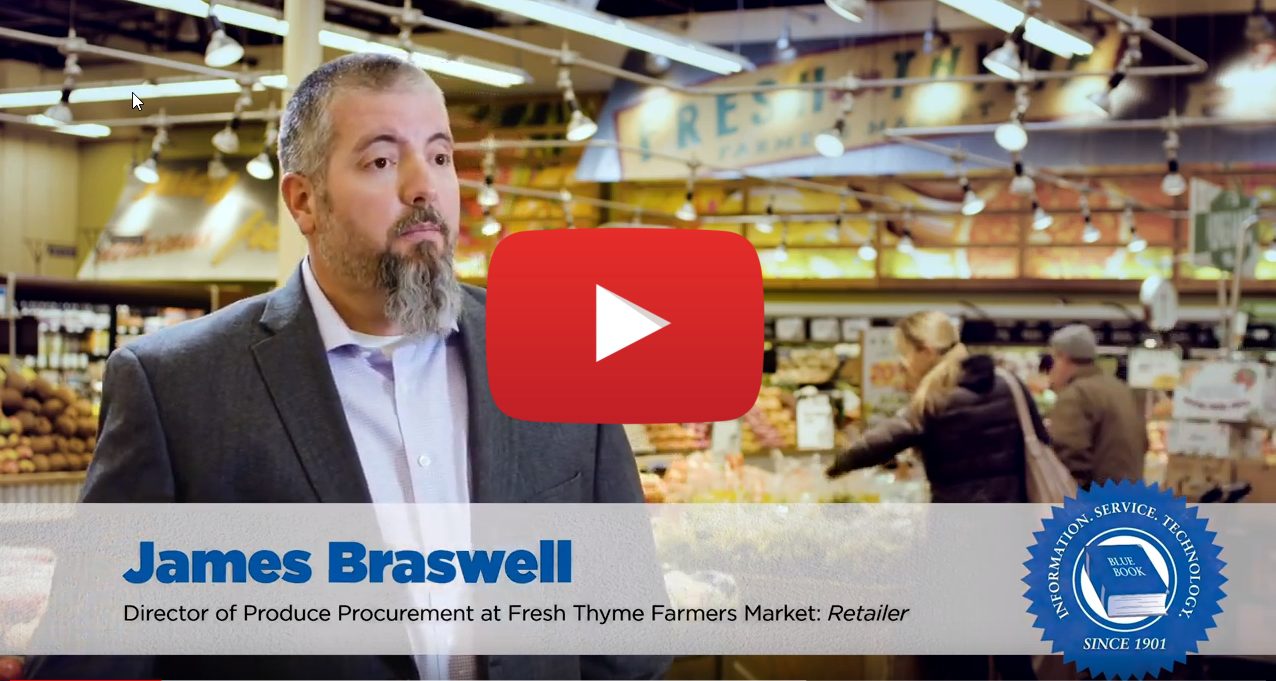Freight Rates & Margins
For several years now, shippers have felt the pinch of higher transportation rates. Not only have fuel prices fluctuated rather wildly, but drivers and trucks have been in higher demand. The sum of all influences is higher freight rates for top producing states, such as spikes in pricing for loads coming out of Florida, as well as cost-per-load increases out of California.
“Freight has been very high, the highest I have seen it since I have been in the business,” says DiMaggio. “It does affect some of my buying decisions; I back away from some f.o.b. (free-on-board) loads because there’s too much risk with the increased cost of freight.”
DiMaggio further points out that freight from Florida—the main source of early season citrus and tomatoes—went from about $2,800 to the $5,000 to $6,000 range last winter. Meanwhile, rates from California and McAllen rose 20 percent this year as well.
But Kazan says even with the higher rates, they didn’t have the big swings of years past, and rates have leveled off a little. “This year, loads from California went up and scratched the $10,000 ceiling, and then came back down to the $6,000 to $7,000 range,” he explains. “That’s a reflection on greater demand for equipment, and produce customers still like having their product on trucks where it is watched and easier to manipulate in terms of delivery time and location.”
“Every year, the rates from Florida double between the low of winter to the high of Mother’s Day, and then settle back down,” D’Arrigo explains. “However, there is some concern that there aren’t enough trucks to handle the increases in produce volumes across the country, which will continue to lead to higher rates.
“But we’ve been talking about this for decades, and markets tend to work themselves out,” D’Arrigo continues. “Somewhere along the line, fuel will go up and equipment will get more expensive, but even so, if people need loads, truckers will likely increase their fleets.”
“The spring rates out of Florida and the Southeast were some of the toughest I have ever seen,” agrees D.M. Rothman Company’s Hunt. “I think when the corn and watermelon start, they occupy most of the trucks causing a shortage and hiking rates. On the other hand, higher freight rates protect prices at the market,” he adds. “So while freight is high, it constricts the market a little, which protects price.”
“When freight is high and you take f.o.b. loads, sometimes the prices become unrealistic,” commented Ron Myruski, in sales at Raymond Myruski, LLC, a grower-shipper specializing in onions and located about 70 miles northwest of Hunts Point. “Most of the time, though, if you need product to pack and run your business, you have to take it. As long as the rates you’re paying are in line with the market, the cost increase can get spread around, although you may sell less product during those periods.”



